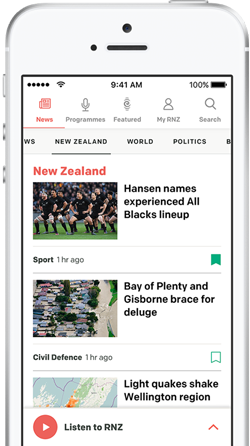The Australian economy has registered its worst quarterly performance since the recession of the early 1990s. But economists say it's not as bad as it looks.
Radio New Zealand's Sydney correspondent says a bust in the middle of a boom was the first impression from the March quarter national accounts.
The economy shrank by 1.2% in the three months, its worst quarterly performance in 20 years.
Ironically, the bust coincides with the best terms of trade in decades, due to a commodities boom that shows no sign of stopping. So what happened?
In a nutshell, the recent run of natural disasters - the Queensland floods in January, a subsequent cyclone and the earthquake and tsunami on 11 March in Japan - put a massive dent in coal and iron ore exports.
Outside of there, it wasn't that bad: business investment and household spending remain healthy, but the numbers overall are seen as ruling out a rise in official interest rates - at least for now.
But Radio New Zealand's correspondent says the problem with the March quarter GDP is Australia is already two thirds of the way through the June quarter.
April retail sales data showed the biggest jump in sales since November 2009. The increase of 1.1% was nearly three times as strong as economists expected and appeared to validate the Reserve Bank's view that demand would rebound after the floods.
At the same time, though, ANZ Bank is reporting a pick-up in mortgage delinquencies as the effects of past rate rises and the rising cost of living kick in.
Radio New Zealand's correspondent says the strains are particularly evident on the Gold Coast and Sunshine Coast in south-east Queensland.
So the picture is mixed and for that reason, the Reserve Bank is expected to wait another month or two before tightening policy again.

